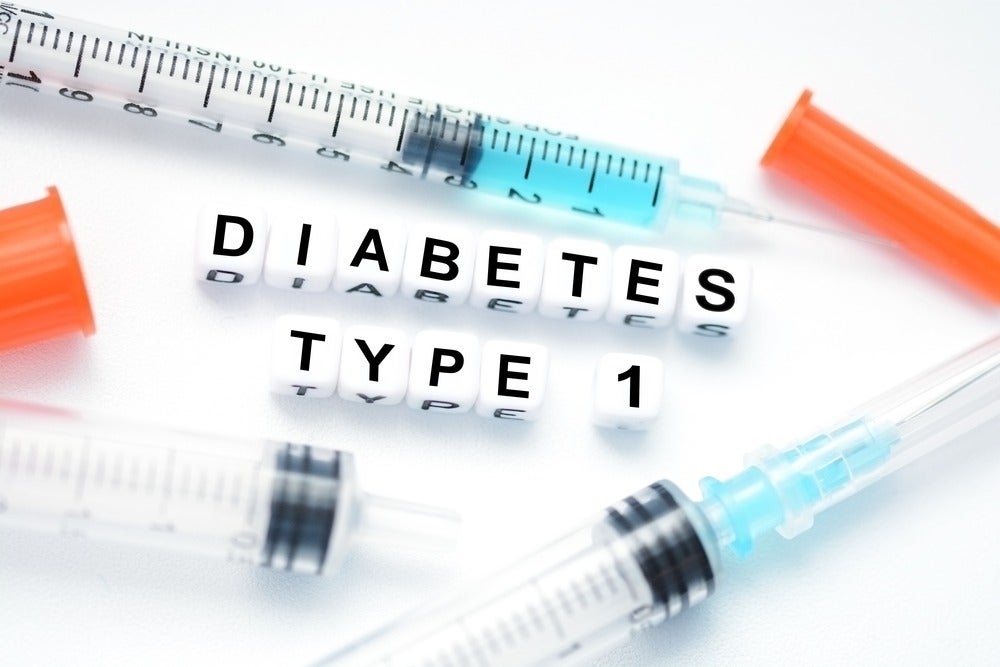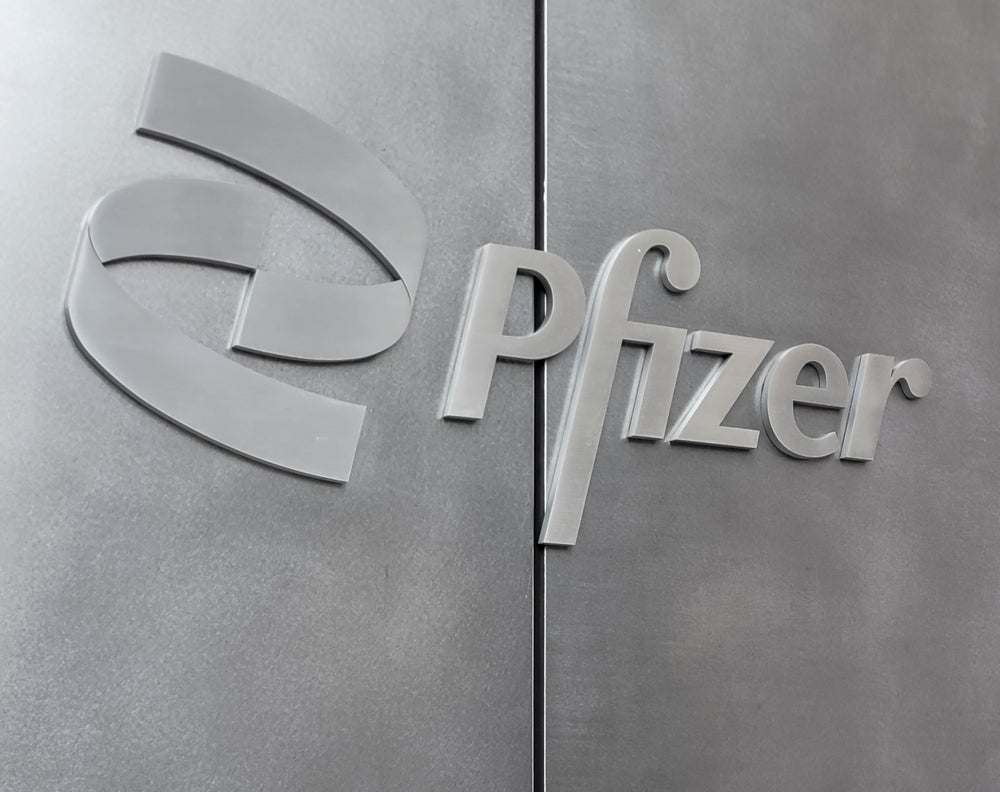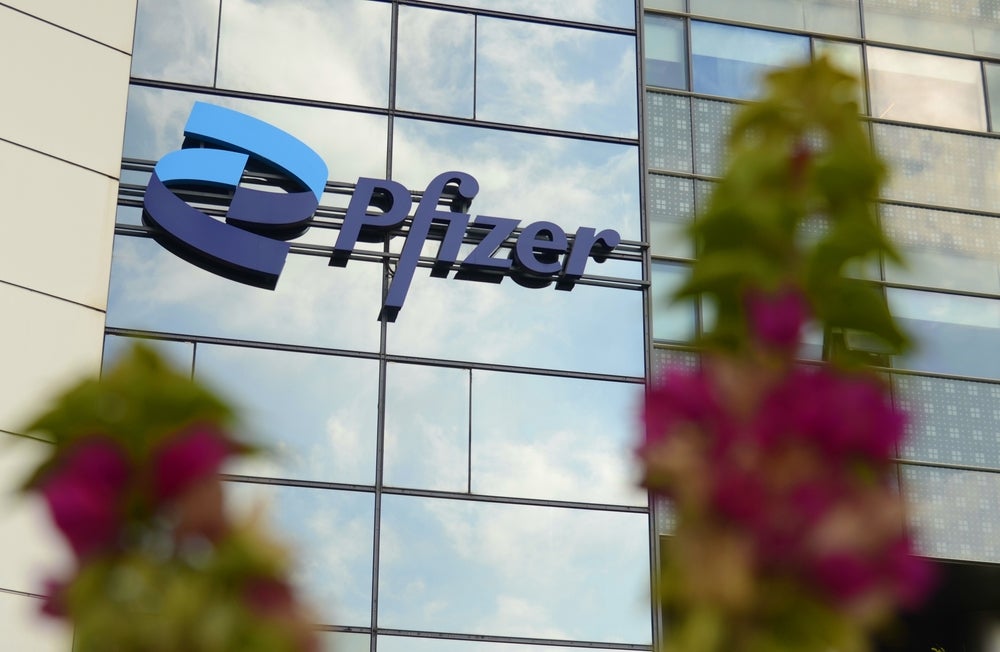Sanofi and Lexicon’s sodium-glucose cotransporter (SGLT) inhibitor, Zynquista (sotagliflozin), has recently gained approval for use in type 1 diabetes (T1D) in Europe.
Type 1 diabetes treatment
Despite the fact that SGLT inhibitors cannot replace insulin therapy in T1D patients, the incorporation of this drug class into the treatment regimen will allow patients to gain better glycemic and weight control, as well as lower daily insulin dosages. Currently, most marketed SGLT inhibitors are indicated for type 2 diabetes (T2D) patients, but now the expanded diabetic patient pool will undoubtedly translate into a significant market advantage for SGLT developers.
The approval was based on evidence provided from the three inTandem clinical trials that investigated the efficacy and safety of Zynquista in patients with T1D. Specifically, around 3,000 patients with inadequately controlled T1D were involved in these studies. Treatment with Zynquista resulted in significant reductions in blood sugar, body weight, and systolic blood pressure when compared to the clinical arm of patients treated with insulin alone at 24 weeks. At 52 weeks, a decrease in severe hypoglycemia events was also observed in patients treated with a higher dose of Zynquista.
This is a big win for the two drug developers, as they experienced a significant setback in the US when the Food and Drug Administration (FDA) did not approve Zynquista. The March 2019 decision was due in part to the increased risk of diabetic ketoacidosis (DKA) in patients taking the treatment, a concern shared by key opinion leaders (KOLs) interviewed by GlobalData. Simultaneously, Zynquista was faring better in Europe, receiving a positive opinion from the Committee for Medicinal Products for Human Use, despite a European Medicines Agency (EMA) advisory panel recommending its use only in patients with a body mass index above 27kg/m2.
Also during March 2019, AstraZeneca’s Forgixa (dapagliflozin) was the first SGLT inhibitor to be approved for use in T1D in Europe. In Japan, Forxiga was the second in its class to be approved for T1D, as Astella’s Suglat (ipragliflozin) already received approval in December 2018. Forxiga (Farxiga in the US) is currently under regulatory review in the US for T1D, with an FDA decision expected in the second half of 2019. However, immediate and direct competition in the T1D space is expected to arise between Suglat and Forxiga in Japan and Forxiga and Zynquista in Europe.
SGLT inhibitors are used in combination with diet and exercise to lower blood sugar in diabetics. They work by blocking the body’s capacity to reabsorb glucose. More specifically, SGLT-1 inhibition hinders glucose reabsorption in the gastrointestinal tract, and SGLT-2 inhibition hinders glucose reabsorption by the kidney. The majority of SGLT inhibitors primarily target SGLT-2, while Zynquista’s mechanism of action targets both SGLT-1 and SGLT-2.
How well do you really know your competitors?
Access the most comprehensive Company Profiles on the market, powered by GlobalData. Save hours of research. Gain competitive edge.

Thank you!
Your download email will arrive shortly
Not ready to buy yet? Download a free sample
We are confident about the unique quality of our Company Profiles. However, we want you to make the most beneficial decision for your business, so we offer a free sample that you can download by submitting the below form
By GlobalDataForthcoming Reports
GlobalData (2019). Type 2 Diabetes – Global Drug Forecast and Market Analysis to 2028, to be published










Related Company Profiles
Intandem
European Medicines Agency
AstraZeneca Plc